Google Maps is taking a major leap forward in automotive navigation, and the Polestar 4 is at the center of this technological evolution. The search giant has introduced a sophisticated live lane guidance feature that transforms how drivers navigate complex highway scenarios (Find Articles). Not a tiny tweak. A fundamental shift toward AI-powered driving assistance that merges real-time camera data with Google's mapping intelligence. The Polestar 4 serves as the initial testing ground for this technology in the US and Sweden, marking a significant milestone in the integration of smart navigation with electric vehicle platforms (Find Articles).
How AI transforms lane guidance beyond basic directions
Here's where things get interesting from a technical standpoint. Traditional navigation apps will tell you which lane to use, but Google's new approach goes several steps further by leveraging artificial intelligence and vehicle sensors in ways that feel almost futuristic. The system uses the car's forward-facing camera, the same hardware typically used for driver assistance features like lane keeping, to analyze road conditions in real time (Find Articles).
The onboard AI doesn't just passively relay information. It actively processes visual data including road paint patterns, directional arrows, and overhead signage to create a comprehensive understanding of lane configurations (Find Articles). Think of it as giving your navigation system a pair of eyes that can see and interpret the road like you would, with Google's vast mapping database providing context.
What makes this implementation clever is how it bridges the gap between basic navigation and autonomous driving. It represents a streamlined version of lane-level positioning technology that delivers practical benefits without the complexity and cost associated with full autonomous driving systems (Find Articles). Real value today, not a vague someday.
When smart navigation makes the biggest difference
The payoff shows up in the moments that usually spike your blood pressure. Complex highway interchanges, braided ramps, and managed lane corridors benefit most from precise lane-level information (Find Articles). These are the situations where last-minute lane changes can turn a routine drive into a scramble.
Picture this. You're cruising in the left lane but need to exit right in about a mile. Traditional navigation might wait until the last minute to tell you to move over, and you feel that familiar rush to merge across multiple lanes of traffic. The enhanced system can detect this setup early and provide increased visual and audio alerts well before the interchange (Find Articles). You breathe, blinker on, no drama.
But here's what sets Google's approach apart from Apple Maps and many dashboard systems, the active positioning capability. Those platforms often indicate which lane to use. Google's implementation goes further by using live camera analysis to actively position drivers within the correct lane (Find Articles). It feels less like you're being told where to go and more like you're being guided there step by step, with the system understanding exactly where you are within the lane structure.
The Polestar advantage: integrated Google ecosystem
Polestar vehicles offer something uniquely valuable in this landscape through their deep integration with Google's navigation technology via Android Automotive OS. This isn't just Google Maps running as an app on a screen, Google Maps operates as a fully integrated travel companion that changes how drivers plan and execute their journeys (Polestar).
The system enables comprehensive route planning with features that go well beyond basic navigation. Send routes from your phone for couch planning, use multi-point trip optimization that automatically arranges your stops in the most efficient order, and download routes for offline navigation when coverage drops (Polestar).
For electric vehicle owners specifically, this integration becomes even more valuable with specialized features tailored to EV needs. The system includes charging station filters, real-time availability updates, and State of Charge targeting that plans charging stops based on current battery levels (Polestar). It's like having an EV-savvy navigator who understands not just where you're going, but how to get you there with smart energy management and a sensible charging strategy.
Expanding beyond the Polestar 4: what's coming next
While the Polestar 4 represents the initial production deployment, Google has ambitious plans for broader automotive integration across the industry. Major automakers including Volvo, Honda, Renault, and GM's next-generation infotainment platforms have committed to Google built-in technology (Find Articles). That signals a shift in how automakers approach navigation and driver assistance technology.
The rollout timeline varies by model and market, with Google indicating wider availability as partnerships with additional manufacturers develop (Find Articles). Each manufacturer will likely implement the technology in ways that complement their specific vehicle platforms and driver assistance systems, creating a diverse ecosystem of AI-enhanced navigation experiences.
One more thing to be crystal clear about. This technology functions as a navigation enhancement rather than an autonomous driving feature, the system never controls steering or initiates lane changes independently (Find Articles). It enhances human driving and keeps the driver in control, while providing unprecedented situational awareness.
The road ahead for intelligent navigation
This integration between Google Maps and the Polestar 4 is more than just a feature update, it previews how navigation will evolve to blur the lines between navigation, driver assistance, and vehicle intelligence. The combination of AI-powered visual processing, real-time sensor data, and comprehensive mapping creates a foundation for increasingly sophisticated driver assistance (Find Articles).
As Google expands this technology to more vehicles and manufacturers, expect similar innovations that change how we interact with our vehicles during complex driving scenarios. Not autonomous, smart. Smart enough to understand context and help with the hard parts of modern driving in a way we haven't had before.
For Polestar 4 drivers, this means being at the forefront of a navigation shift that makes complex driving more manageable and less stressful (Polestar). It might feel subtle at first, until the day it steers you through a challenging interchange without the last-minute lane changes and the white knuckles.





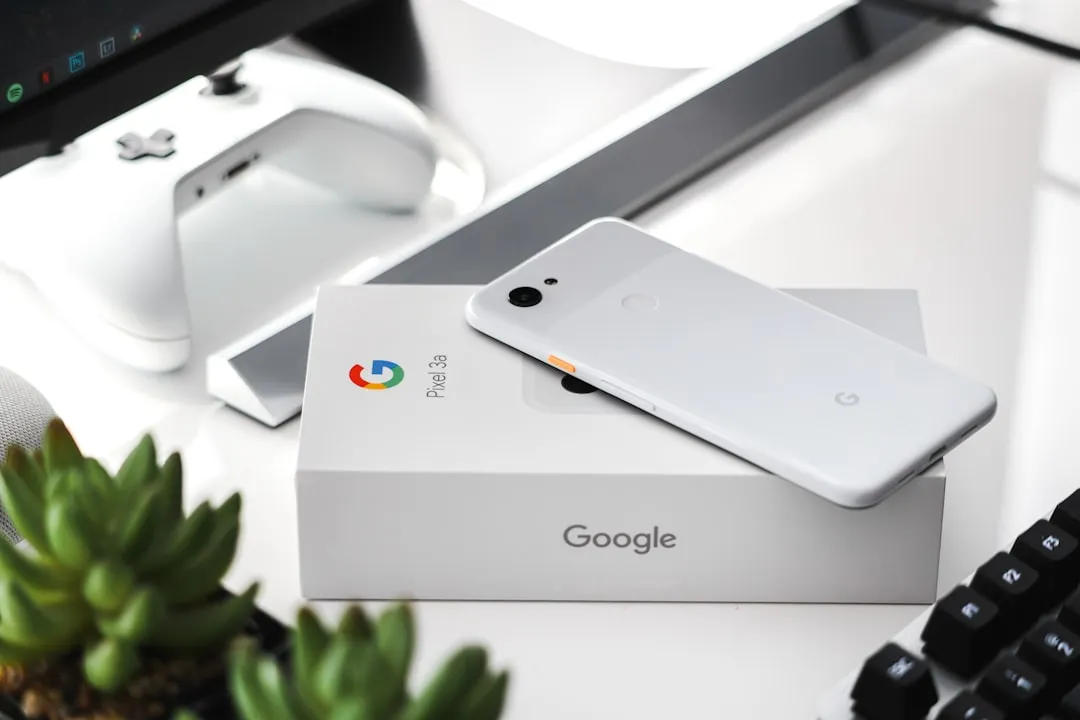
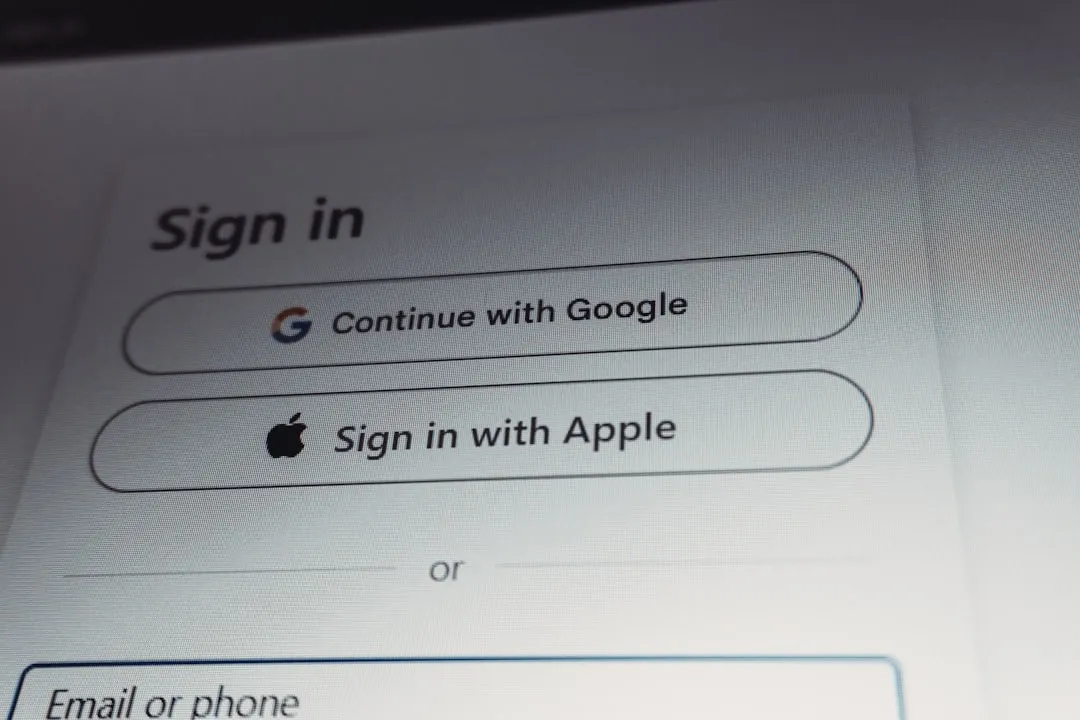
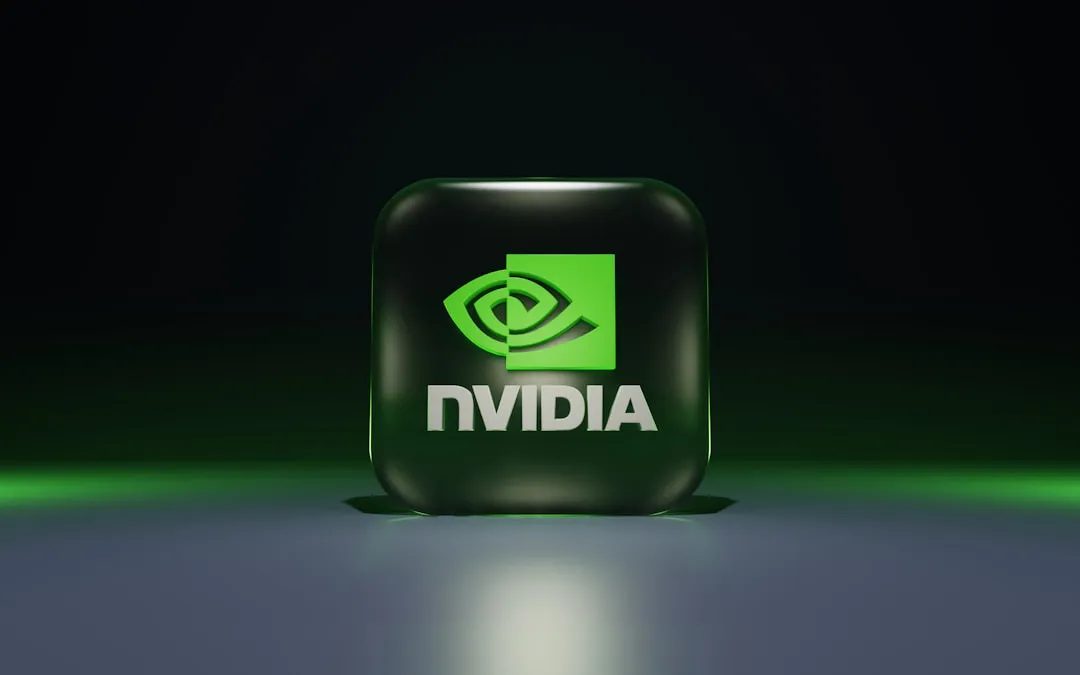
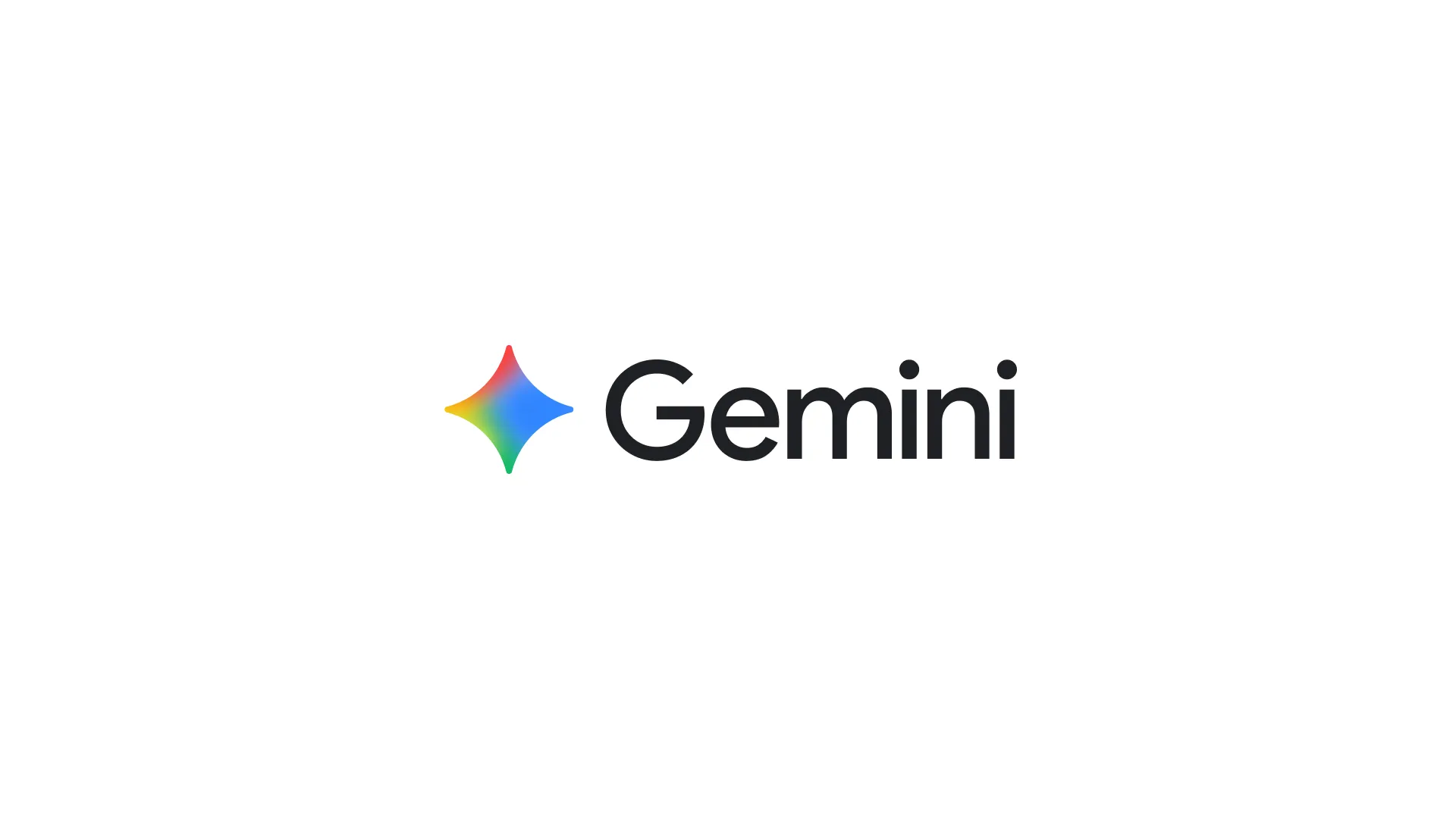




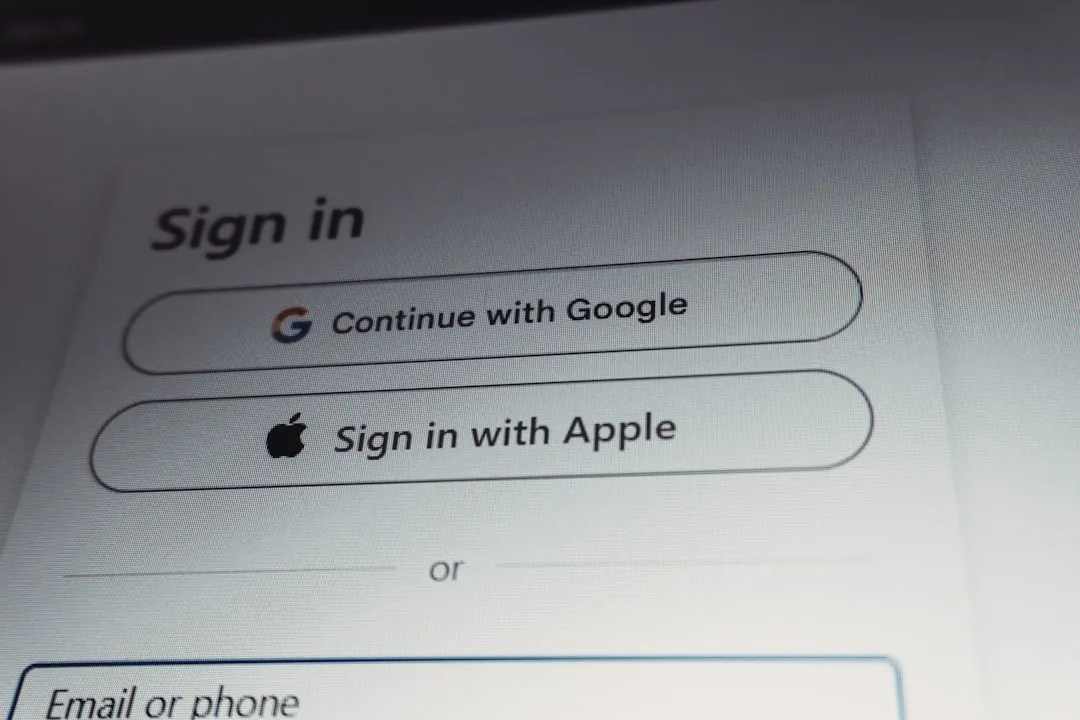
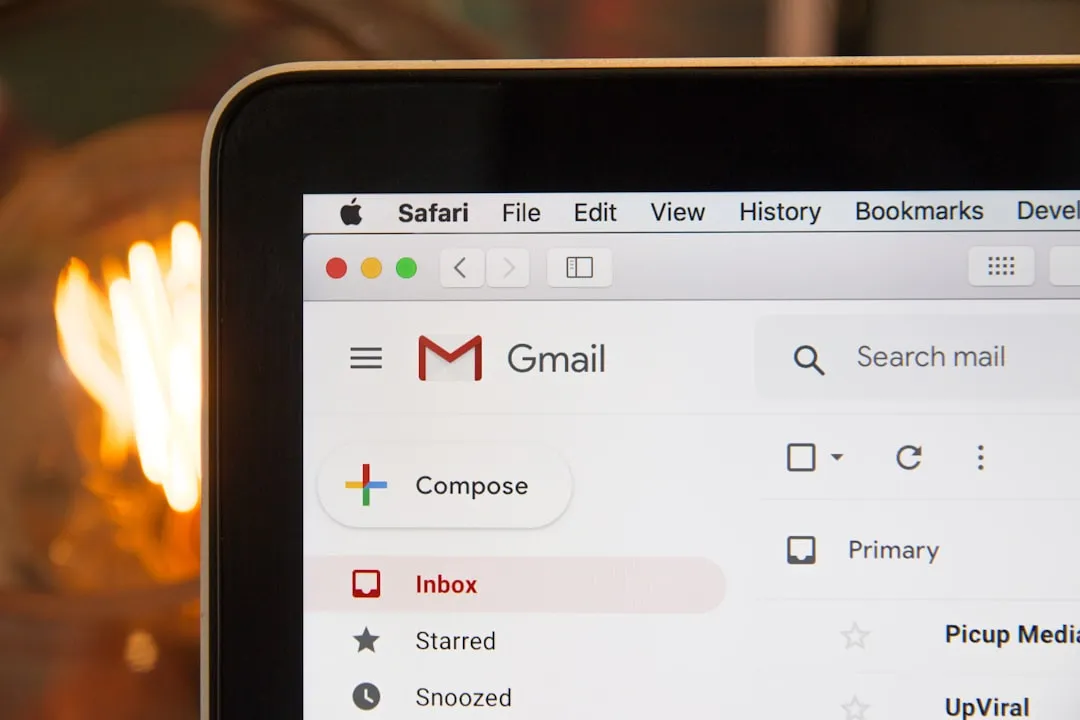
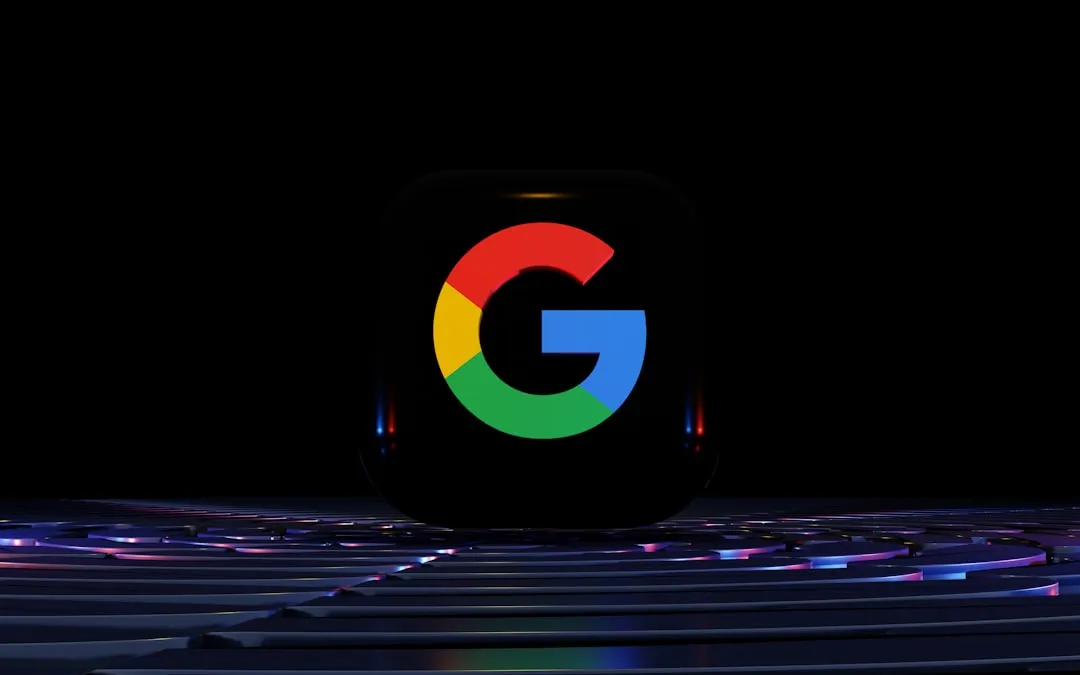
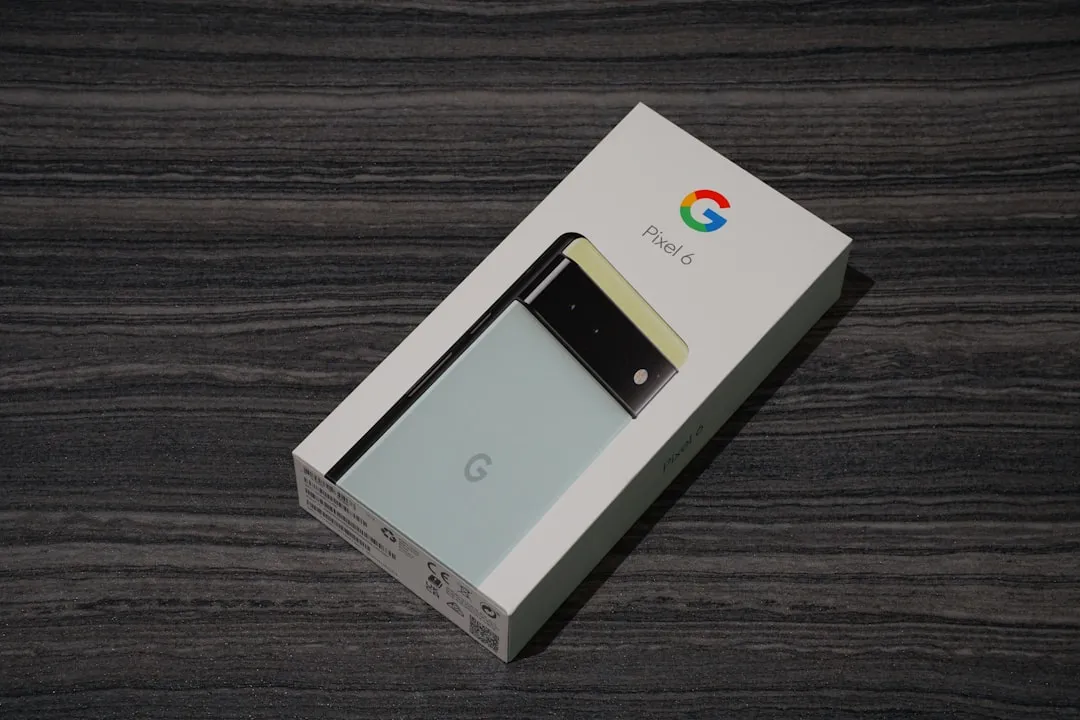

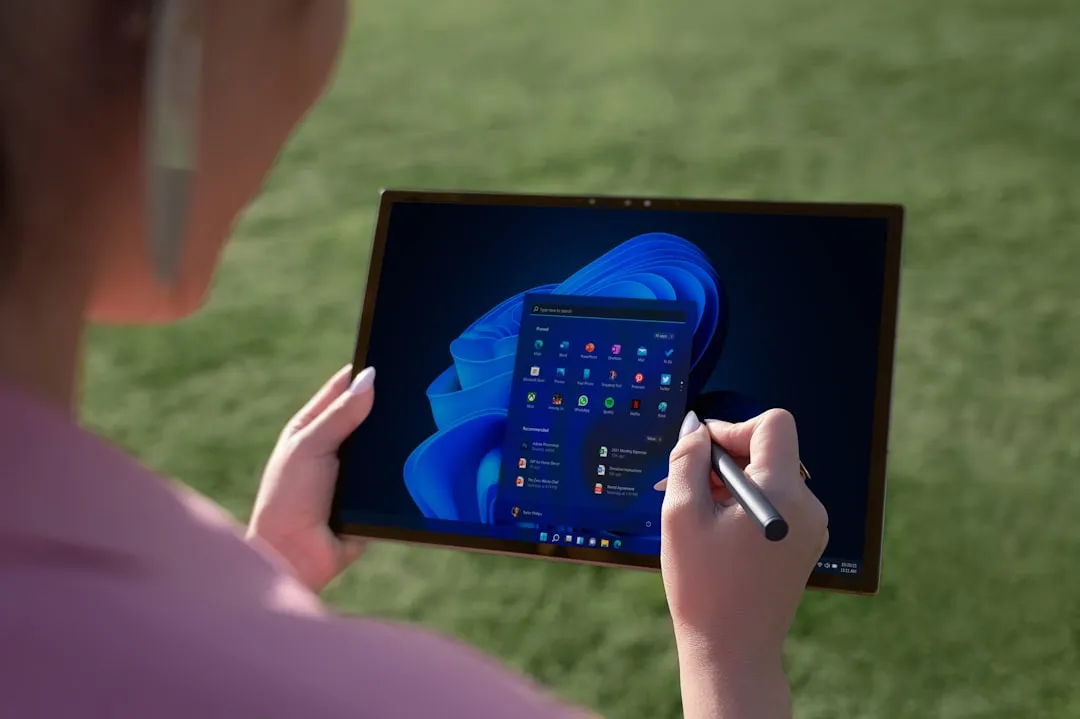

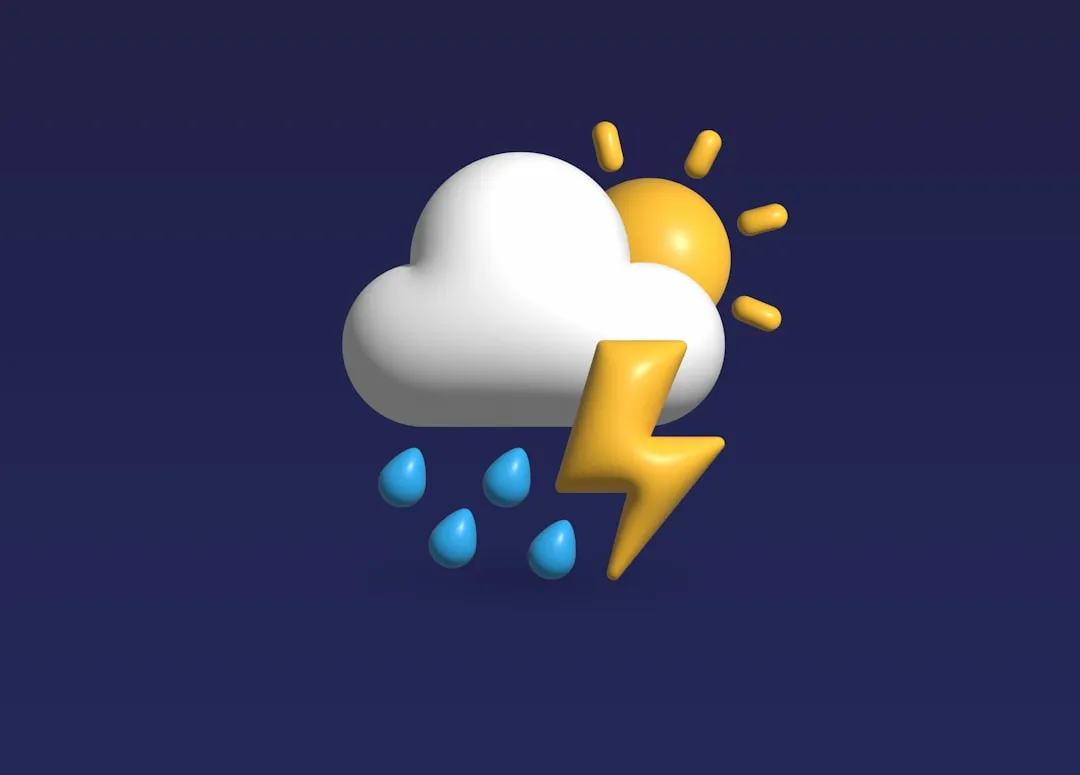
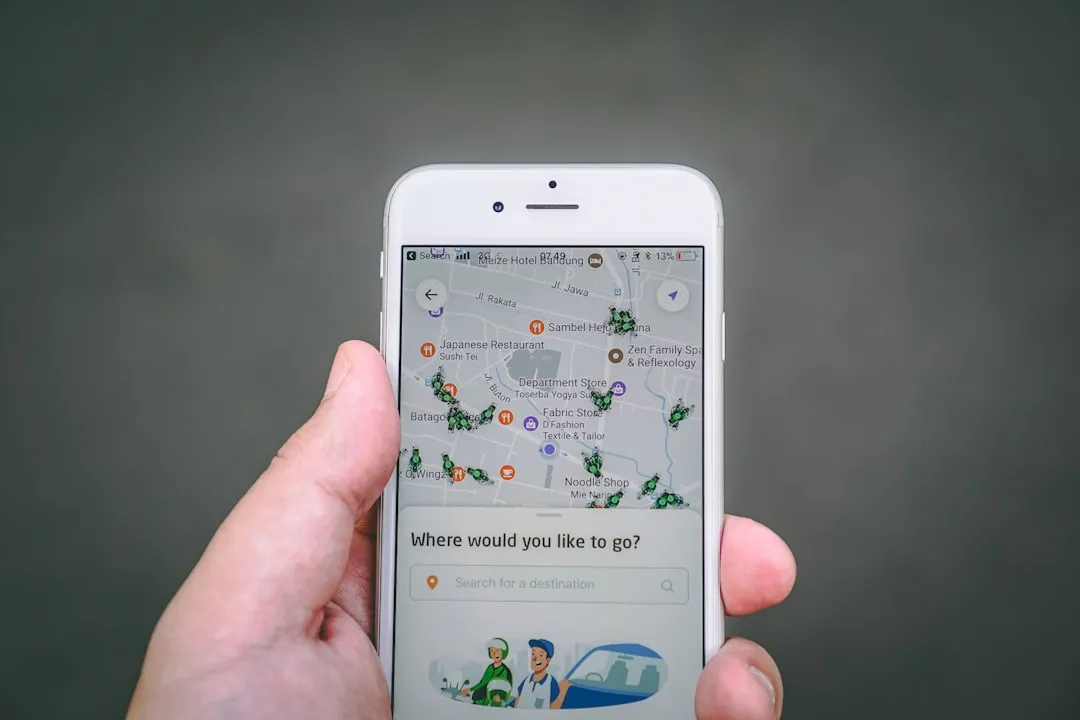

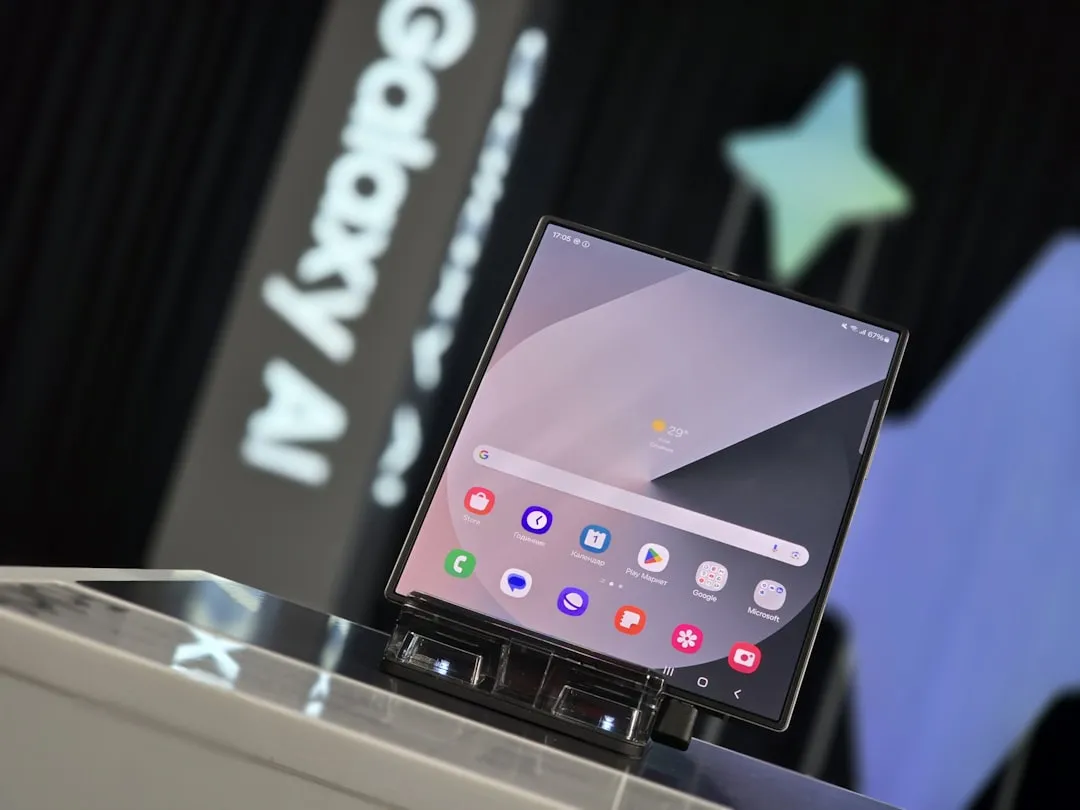
Comments
Be the first, drop a comment!